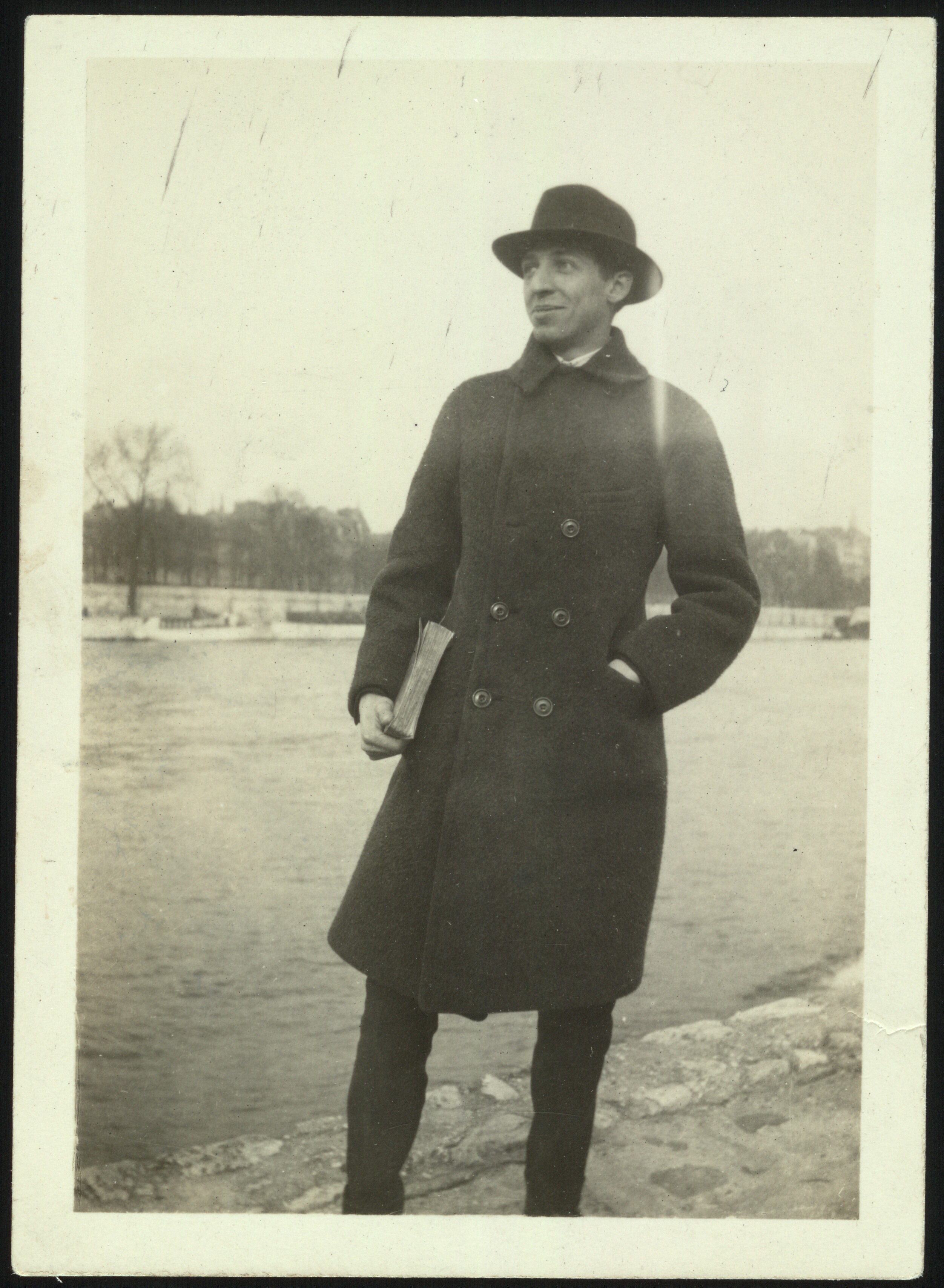
The ballet premiered in 1942 – the same year that Fanfare for the Common Man premiered. Hoedown is the final movement in the ballet Rodeo by Aaron Copland. If you haven’t already used Hoedown from Rodeo in your music class, this activity would be a great way to jump in. The upbeat tempo and contrasting sections make it perfect for movement, dancing, and in the case of this blog post, jamming to the beat. “How We Listen.” Perspectives on Music (1963).Hoedown from Rodeo by Aaron Copland is a great classic piece to share with your elementary students. I was in a good mood and peaceful after listening to the music.

The music transported me back in time, allowing me to experience what it was like to live in the medieval era. I was able to feel and express myself on the sensual and expressive levels.

Using a variety of dynamic levels, ranges, and captivating melodies, the piece could engage its audience in a previously unimaginable way. In only a few minutes, this painting demonstrated how a few tweaks in color could transform a work of art. It is simple, one-of-a-kind, and full of vibrant hues. We need to listen to it, experience it, and comprehend it.įor my listening pleasure, I opted for Ravel’s famous Bolero. Copland’s theory that we cannot simply listen and cannot just remain at one hearing level is similar to this. Still, we must also feel, listen, and comprehend each piece of music carefully by our hearts when we are listening. My piano instructor once reminded me that we must admire and appreciate each term provided to each piece of music by writers. It does not matter how good or bad the music is it will still make us feel different when we hear or play it from various individuals. Arpeggio, sonata form, melodic or dolente, are only a few of the phrases used in music to describe a piece of music. When it comes to how we listen, I wholeheartedly agree with Aaron Copland. I come from a musical family, and every kid must study music and play an instrument. I do agree with Copland’s ideas about how we listen. I recall every piece of classical music I have ever played after reading about each of the musicians he discusses in his post. Tchaikovsky, Beethoven, Mozart, and Ellington are just a few legendary artists Copland discusses (Copland). During my reading of Aaron Copland’s “How We Listen,” I was able to grasp what he was trying to convey quickly.


 0 kommentar(er)
0 kommentar(er)
